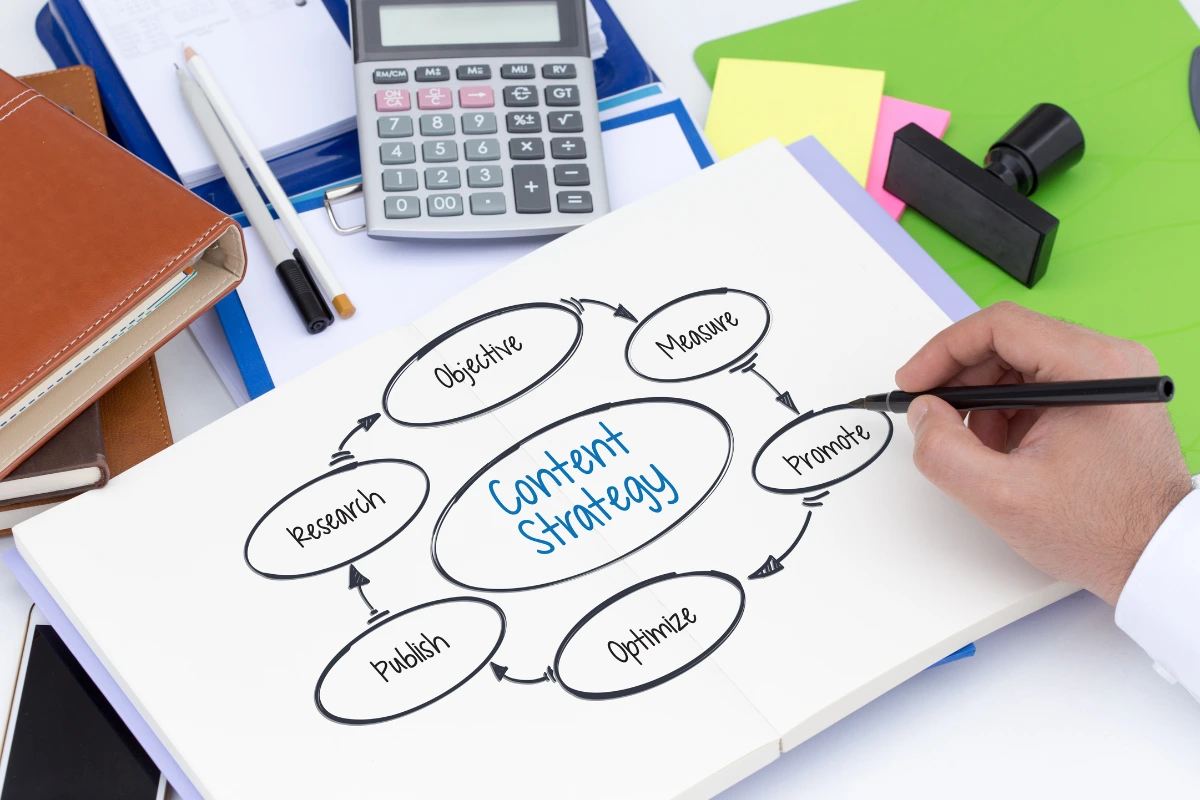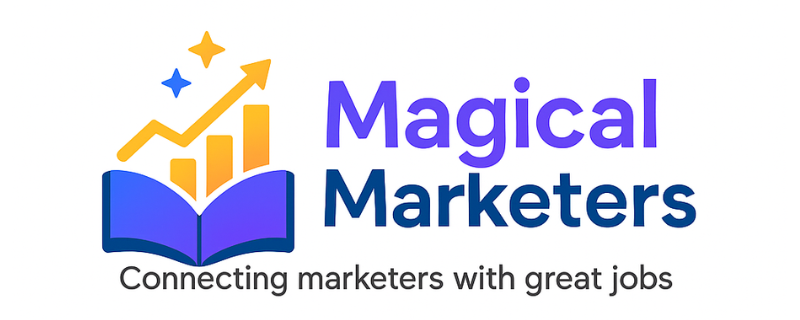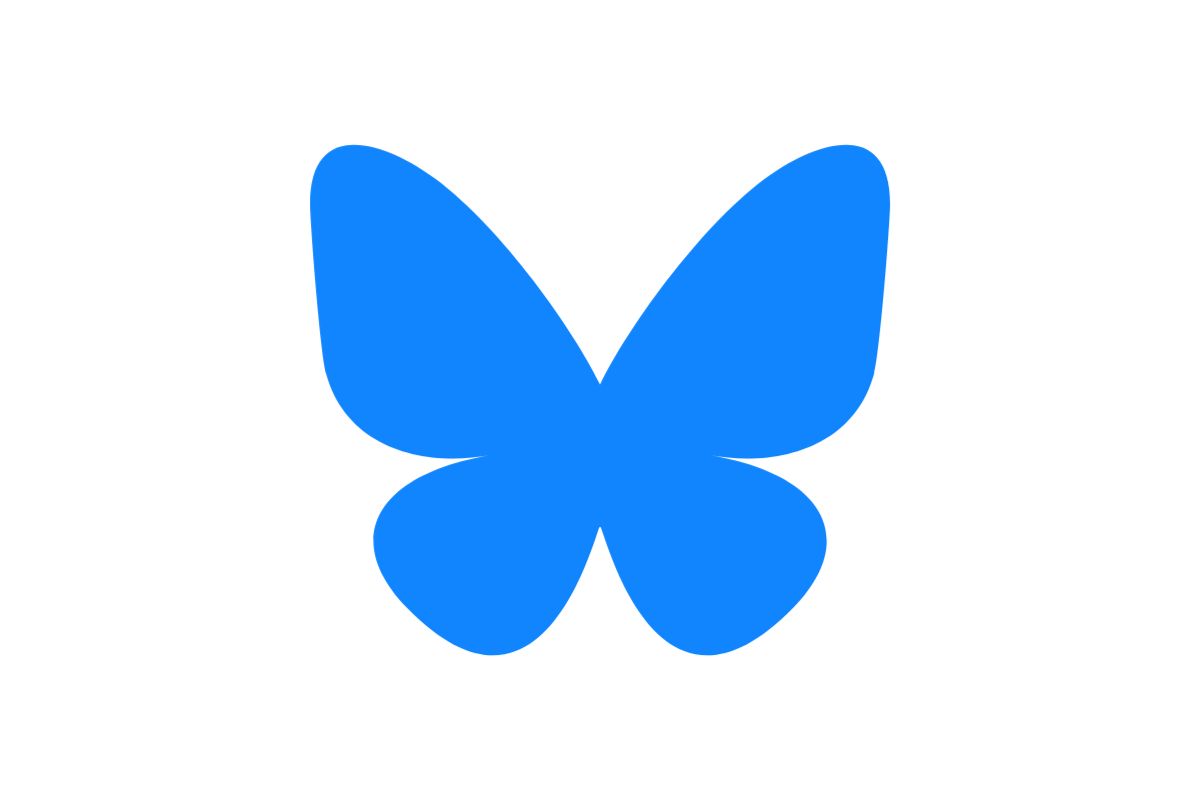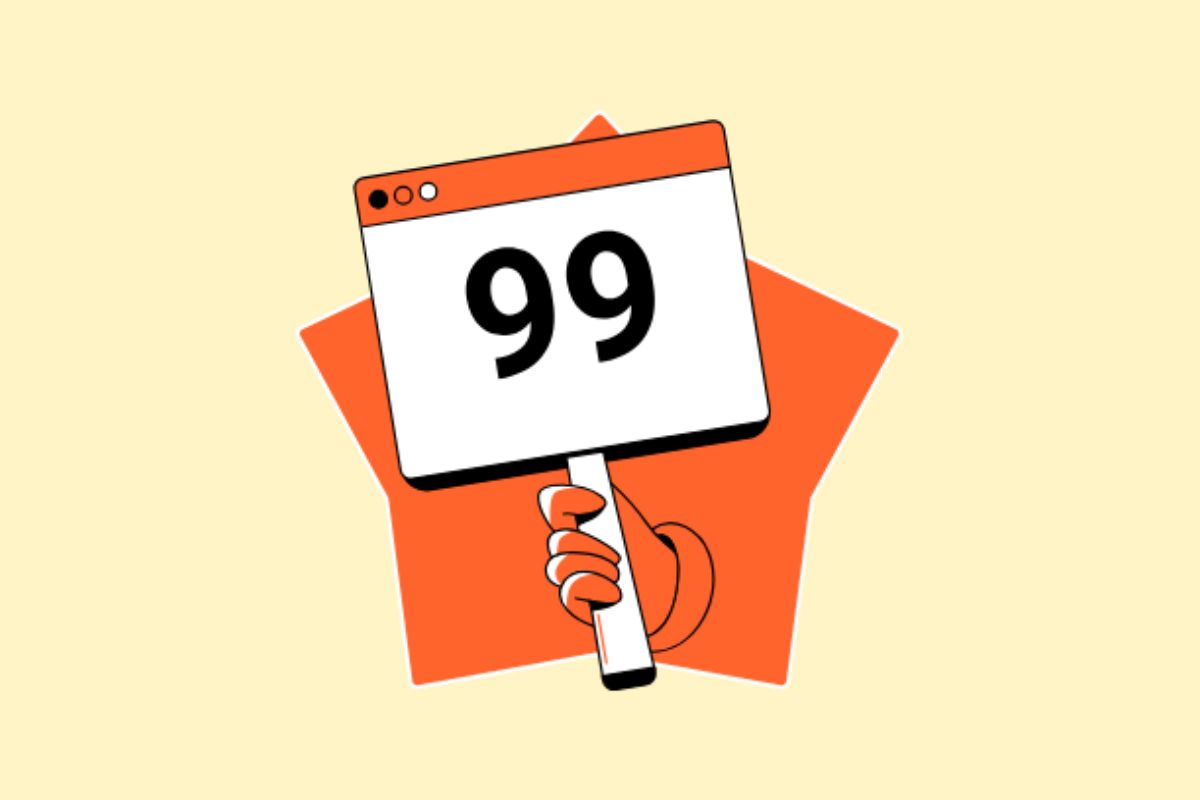How Can We Use Multi-Channel Strategies For Maximum Reach of the Content?

Content is the backbone of any successful marketing strategy. With information being available at the click of a button, consumers are exposed to countless pieces of content daily. However, with this vast sea of content, breaking through the clutter has become increasingly challenging for businesses.
One of the most effective ways to cut through this noise is through multi-channel content distribution strategies. By adopting a multi-channel approach, businesses can ensure that their content reaches a broader audience, enhances visibility, and builds long-term customer engagement.
This article delves deep into how multi-channel strategies can be used for maximum reach of content, ensuring that businesses can tap into multiple touchpoints, meet their customers where they are, and deliver consistent, impactful content across various platforms.
Understanding Multi-Channel Content Distribution
Multi-channel content distribution refers to the practice of delivering content across multiple platforms and touchpoints, ensuring that it reaches a diverse audience. Unlike the traditional one-channel approach, where content is pushed through a single platform (say, a website or a social media page), multi-channel strategies leverage a variety of channels such as social media, email newsletters, blogs, videos, podcasts, and more.
By doing so, businesses can reach their target audience across the places they frequent most. For example, a consumer may read a blog post on their phone, watch a product tutorial video on YouTube, and then sign up for an email newsletter—all in one session. Thus, multi-channel distribution ensures that your content is seen in more places, increasing the chances of engagement, brand awareness, and conversions.
Why Multi-Channel Strategies Are Crucial
In the digital age, consumers are more empowered than ever. They have access to various channels and platforms to search for information, make purchases, or engage with brands. According to recent studies, mobile devices alone account for more than 75% of e-commerce site visits. This dramatic shift in consumer behaviour calls for a new approach to content distribution—one that embraces the diverse ways in which people consume information today.
Shifting Consumer Expectations
Consumers are no longer content with interacting with a brand on just one platform. They expect to engage with a brand across multiple touchpoints, receiving a consistent and personalized experience across all channels. If a brand provides excellent written content on its blog but fails to deliver a good audio experience on its podcast, it creates a disconnect that could drive customers away. Therefore, delivering content consistently and effectively across all platforms is critical to retaining and engaging your audience.
Increased Competition and Content Overload
With the rise of digital marketing, the amount of content consumers are exposed to daily has exponentially increased. Marketers are now competing for their attention across multiple platforms, making it harder to stand out. By adopting a multi-channel strategy, businesses can enhance their content’s visibility, reach a larger audience, and ensure their message is heard over the noise.
What are the Benefits of Multi-Channel Content Distribution?
Adopting a multi-channel content distribution strategy provides numerous benefits for businesses looking to maximize their reach and impact. Here are some key advantages:
1. Increased Visibility and Brand Awareness
Being present on multiple platforms ensures your content is seen by a wider audience. Whether it’s through organic social media posts, paid ads, or email marketing, distributing content across various touchpoints guarantees that your content will be discovered by consumers wherever they spend their time. The more channels you use, the more opportunities you have to engage with your audience and increase your visibility.
2. Building Trust with Consistent Messaging
Consistency is crucial in building trust with your audience. When customers see the same message or theme across multiple platforms, they begin to associate your brand with reliability and dependability. For example, a fitness brand may share success stories on Instagram, offer workout tips via email, and provide in-depth training advice on YouTube. This consistency across channels enhances trust and makes it easier for customers to connect with the brand.
3. Enhanced Personalisation
Multi-channel strategies provide more opportunities for personalisation, which is key to engaging today’s consumers. With the help of artificial intelligence (AI) and retargeting tools, businesses can deliver highly relevant content to specific segments of their audience. For instance, an online retailer can send a 15% discount offer for ski gear to a customer who previously browsed their website for snowboarding equipment. By tailoring content based on browsing history, businesses can enhance the customer experience and increase conversions.
4. Mitigating Risks
Relying on a single platform for content distribution can be risky. If a particular platform suddenly becomes less effective or experiences a technical issue, your entire marketing strategy could be impacted. By diversifying your content distribution across multiple channels, you reduce this risk. For instance, a brand can use Facebook, Instagram, YouTube, and email to ensure it reaches a broad range of potential customers.
5. Greater Opportunities for Engagement
A multi-channel strategy gives businesses more opportunities to interact with their audience. By using various content formats (blogs, videos, podcasts, etc.), businesses can cater to different preferences and encourage more engagement. Whether it’s sharing a thought-provoking blog post, an educational video, or a timely email, multi-channel distribution opens up various avenues for interaction with consumers.
How to Develop a Multi-Channel Content Distribution Strategy
Now that we understand the benefits, let’s explore how businesses can develop an effective multi-channel content distribution strategy. Here are the key steps involved:
1. Know Your Audience
Before you can distribute content across multiple platforms, you need to understand your audience. Research their behaviours, preferences, and the platforms they engage with the most. Tools like Google Analytics, social media insights, and customer surveys can provide valuable information about where your audience spends their time and what kind of content they prefer. For instance, if your audience is primarily on LinkedIn, focusing on sharing thought leadership articles there would be more effective than investing in TikTok.
2. Repurpose Your Content
Creating fresh content for every platform can be time-consuming and inefficient. Instead, repurpose existing content to fit different formats and distribute it across multiple channels. For example, a blog post can be repurposed into an infographic for Instagram, a series of tweets, a video for YouTube, or even a podcast episode. Repurposing content ensures you get the most out of your efforts while reaching consumers through different mediums.
3. Utilise the Right Technology
Technology plays a vital role in managing and executing a multi-channel strategy. Use tools that help automate and streamline your content distribution. AI-powered tools, for example, can assist with content creation, optimization, and scheduling. Platforms like HubSpot and Marketo can help manage email campaigns, social media posts, and analytics from a single dashboard. Moreover, tracking tools allow you to monitor which channels and types of content are performing well, enabling you to fine-tune your strategy over time.
4. Prioritize Channels Based on Audience Preferences
While it’s tempting to be on every platform, it’s more effective to focus on the channels that align with your audience’s preferences. Investing too much in platforms that don’t yield results can lead to wasted resources. For example, a fashion brand targeting Gen Z consumers might focus more on Instagram and TikTok, while a B2B company might prioritize LinkedIn and email.
5. Maintain Consistency Across Platforms
Consistency is key in multi-channel marketing. Ensure that the tone, style, and messaging are the same across all platforms to maintain a cohesive brand image. Whether it’s a blog post, an Instagram story, or a YouTube video, the voice and values of your brand should remain consistent to foster trust and recognition.
6. Track, Measure, and Optimize
Regularly measure the performance of your content on different channels. Use tools like Google Analytics, social media insights, and email marketing platforms to track engagement, conversions, and audience behaviour. Based on this data, refine your strategy. For example, if you notice that video content is performing better than blog posts, consider creating more video content for platforms like YouTube and Instagram.
7. Experiment with New Platforms
The digital landscape is constantly evolving. New social media platforms and content formats are emerging regularly. Don’t be afraid to experiment with these new opportunities, especially if they align with your target audience. However, always test new platforms and content types to see if they resonate with your audience before fully committing to them.
Conclusion
Multi-channel content distribution is no longer optional—it’s essential. By creating and executing a well-thought-out multi-channel strategy, businesses can expand their reach, build trust with customers, and increase engagement across various platforms. Understanding your audience, repurposing content, using the right technology, and measuring performance are key components of a successful strategy. With the right approach, you can ensure that your content reaches your target audience, wherever they are, at the right time.
As the digital world continues to evolve, staying agile and embracing new channels will be crucial to staying ahead in the content marketing game. The future is multi-channel, and it’s time to prepare your strategy for maximum impact.
Calling all Marketers!
🔴 Are you tired of searching for the perfect job?
Whether you're into content writing, SEO, social media, graphic design, or video editing—full-time, freelance, remote, or onsite—we've got your back!
👉 We post over 30 job opportunities every single day. Yes, every day (all verified).
Join the most reliable and fastest-growing community out there! ❤️
And guess what? It’s FREE 🤑
✅ Join our WhatsApp Group (Click Here) and Telegram Channel (Click Here) today for instant updates.






